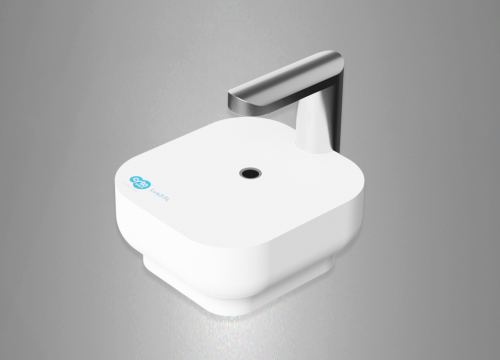Authors: Karapetyan A, Sarvazyan N.
Tissue Engineering. Learning Materials in Biosciences, 2020
In this chapter, we go over the main principles and protocols that enable to keep cells and tissues alive in an in vitro environment. This process is called “cell culturing” and can be used for both isolated cells and small tissue constructs. After touching upon main terms such as primary, secondary, continuous, and finite cell lines, we focus on describing the main components of cell culture media, including salts, nutrients, and growth factors. We then discuss concepts of sterility, pH, osmolarity, temperature, and gas composition – all of which are needed to be controlled to culture the cells successfully. We also describe how to preserve cell using cryogenic storage and how to properly defrost the cryopreserved cells with minimal loss of viability. We end this chapter by discussing how cell growth in a 3D environment differs from 2D and the means to create 3D cell cultures, including cell aggregation to form 3D spheroids, seeding cells onto 3D meshes, embedding cells into hydrogels, or 3D bioprinting.
